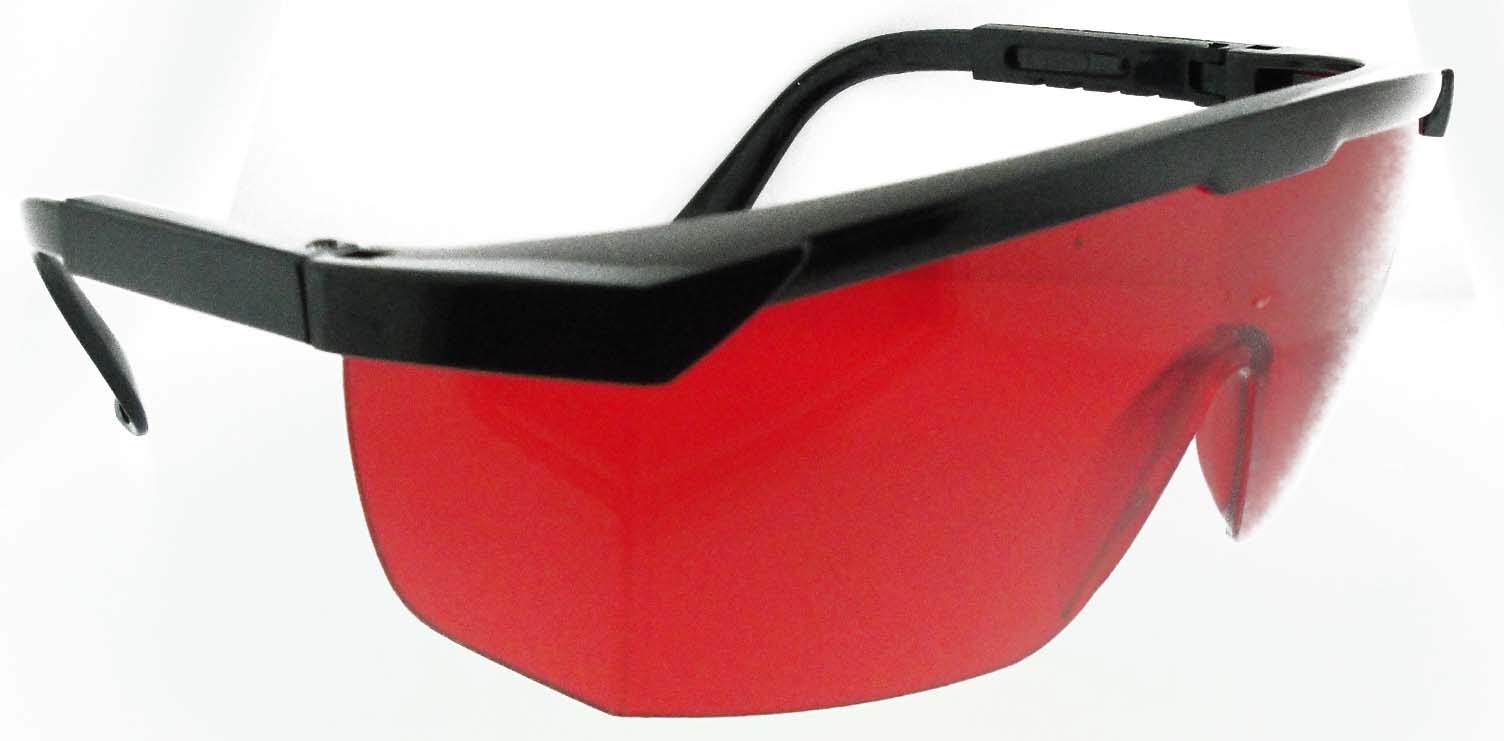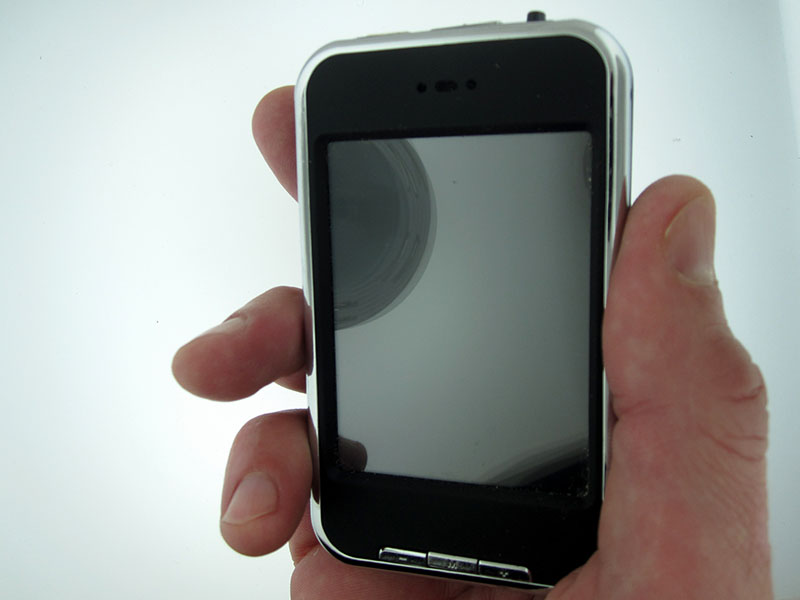IR Inks
You can jump to this section in our online store by clicking here.
Our IR Inks and Pens are a new class of very high security inks. These inks are completely invisible to the human eye yet can be seen by using a device which can see in the infrared range - such as our modified cameras and camcorders. These inks do not fluoresce in the visible range, cannot be seen with ultraviolet lights and cannot be seen by the human eye alone.
The IR1 Ink has very similar excitation and emission peaks to Indocyanine Green (ICG) but the IR1 ink is much more stable. Once ICG is mixed with water, it has a lifespan of less than 24 hours. The IR1 ink in the pen will last for months though it will fade in sunlight after about 1 week.
The human eye can see from about 400nm (violet) to about 700nm (red). The human eye cannot see below 400nm or above 700nm. Below 400nm is the ultraviolet range and above 700nm is the infrared range. Please see our Vision FAQ for more information.

The nm stands for nanometer and is a measure of length. One nanometer is a billionth of a meter. The measurement is for one full light wave length.
IR1 Ink Properties
| Ink Color | Invisible on white paper. Faint green on pen tip. |
| Stimulation (absorption) frequency | 793 nm |
| Emission frequency | 840 nm |
| Ink Solvent | Alcohol (Ethanol) |

IR2 Ink Properties
| Ink Color | Invisible on white paper. Faint blue on pen tip. |
| Stimulation (absorption) frequency | 824 nm |
| Emission frequency | 885 nm |
| Ink Solvent | Alcohol (Ethanol) |

Our IR1 ink fluoresces at 840nm using and has a peak stimulation (absorption) frequency of 793nm. That means that if you want to see the writing of this pen, you can do so in two ways
1: Look at where the ink absorbs light
The easiest way is to look at where the ink absorbs light. Since the ink absorbs light a 793nm and emits light at 840nm, you want to filter out the 840nm light and look at the 793nm portion. By using one of our XNite 715nm filters on an IR sensitive camera or camcorder, you will be able to see the writing as dark marks.
We use a fairly concentrated form for the IR ink which can result in a very light green mark just barely visible to the human eye when the mark is on white paper. Using our 630nm filter, the human eye can see the IR ink fairly well unaided. Some customers have used these filters to make custom glasses to aid in viewing the ink. You can also use or FG600 forensic glasses to see the IR1 ink and the FG490 glasses to see the IR2 Ink.
FG600 Forensic Glasses
FG490 Forensic Glasses
Our IR Reader can see our IR ink. You can learn more about the IR Reader here.
2: Look at where the ink fluoresces
Another way to see this ink is by looking at the fluorescence of the ink. The ink will fluoresce in the same way as our UV inks fluoresce, but the IR1 ink fluoresces out of the human visible range.
You can stimulate the IR ink to fluoresce using visible or invisible light. The fluorescence of the ink will always be in the infrared rage.
Visible light stimulation / IR fluorescence: Using a common red laser pointer, illuminate the spot with the IR ink. Using an IR camera with a 780nm filter, you will see the IR ink as a bright white dot. The camera will not be able to see the laser pointer.
IR stimulation / IR fluorescence: This method has the advantage that both the stimulation source and emission are invisible to the human eye. However, the equipment is more difficult to setup. You can illuminate using an infrared laser or narrow band IR source in the 715nm to 800nm range while viewing with an IR camera with a 830nm filter. It is important that the IR illumination be limited to under 800nm else the IR camera will see the illumination source.
The simplest method to see the ink is by using a 715nm filter such as our XNite715 with an infrared sensitive camera or camcorder.

Normal view. IR writing inside box is invisible.

Viewing IR Ink Absorption using a modified Fuji F30 camera and XNite715 filter.

Viewing IR Ink Fluorescence using a modified Fuji F30, XNite780 filter, 16LEDRed Flashlight with Concentration Lens.

Pen Model: IR1PenSm:
IR1 ink writing on white photocopy paper normal view.


These pictures were taken under normal light of standard white photocopy paper with writing from our IR1PenSm. The paper appears perfectly white.
IR1 ink on white photocopy paper viewed in infrared.


These pictures are under normal light using a XNite 715nm filter in conjunction with one of our IR enabled digital cameras.
The best way to see this writing from the IR1PenSm is using external IR sensitive equipment. On white paper, you may be able to perceive a very slight green mark from the pen. Using a 630nm filter, you can see the writing with the human eye.
You can use or IR1 ink to mark items invisibly to the human eye. We are the only manufacturer of this ink, and we do not know of anyone else selling such a product. Since you need special equipment to see the writing from the ink, it is highly unlikely that a casual or even curious person will discover how to see the ink much less find a way to duplicate it.
The IR1 ink does degrade under the ultraviolet rays of the sun in about 1 week. If the object marked is kept covered or away from the sun, the ink last a much longer time.
Another way to see the IR1 Ink is using our Dual Cam which has a visible camera and IR camera fitted with an internal 850nm bandpass filter and using our XNiteFlashF780 780nm IR flashlight and covering the 850nm IR LED's with black tape. When you illuminate the ink with the 780nm flashlight, the IR1 ink will glow in the infrared camera.
Visible Camera Side. IR1 ink written on yellow paper.

IR Camera side. 850nm IR LED's covered. Ink illuminated with our XNiteFlash780 780nm IR flashlight.

Uses
- Marking items or bags that can be seen by security personnel without the target knowing. The target will not see the ink and will not see any special light such as a blacklight used in the more typical UV invisible inks. A security monitor can view marked items on a separate monitor discretely and securely.
- Writing and marking papers, maps, special correspondence and letters in a very secure method. It is highly unlikely that a third party will discover any writing of IR1 invisible ink.
- Marking items which need to be preserved in normal visual appearance but also need to marked for some other security concern.



